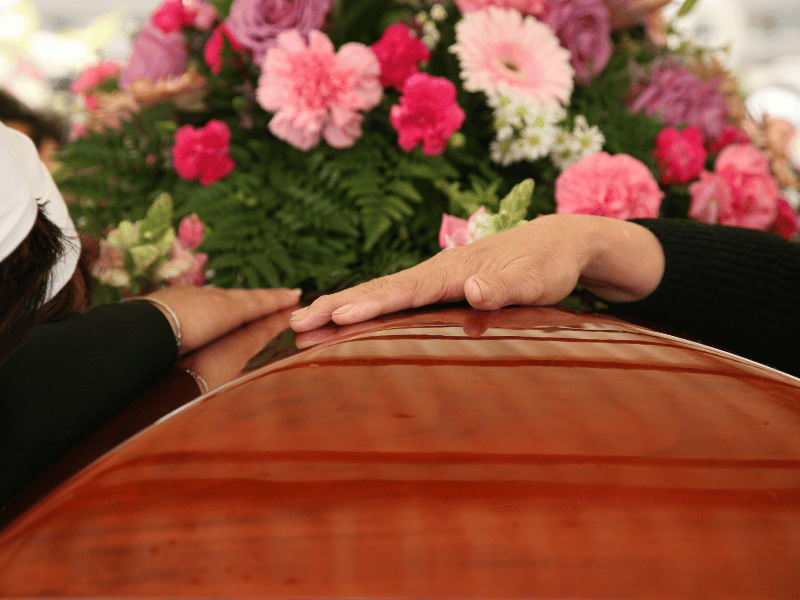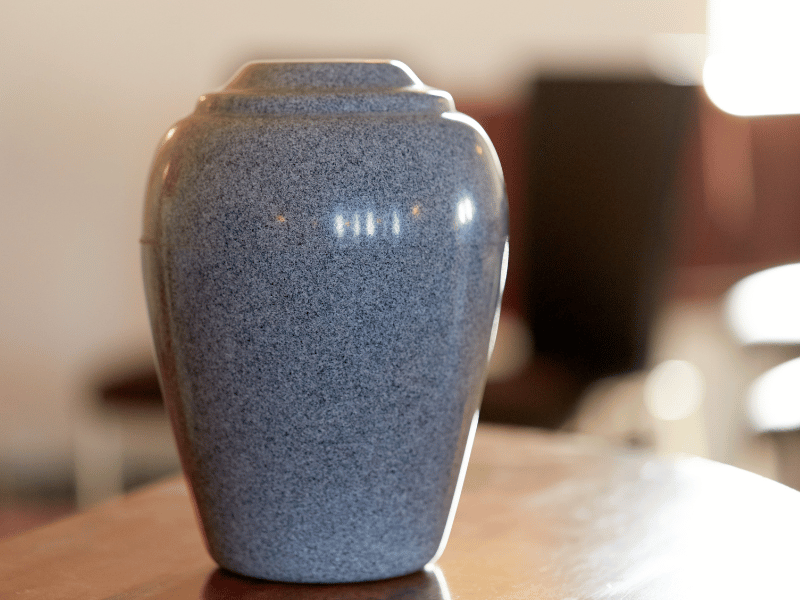With the inevitable passage of time, it’s natural to wonder what’s the best way to honour our departed loved ones—through cremation or traditional burial. Each method has its own cultural, and personal significance, defining the final chapter of life. In this article, we’ll examine the key differences between these two age-old practices to help you make an informed choice that honours your loved one in a meaningful way.
What Is a Traditional Burial?


One of the most common methods of laying a loved one to rest is through a traditional burial ceremony. This age-old practice involves placing the deceased in a casket and interring them in the ground. It often includes religious or cultural rituals that pay tribute to the life of the departed.
Traditional burials serve as a way for families and communities to honour their deceased members and provide closure through physical connection with their remains. The act of burying someone carries deep symbolic significance, representing the return of the body to the earth from which it came. For many, this process offers comfort and a sense of continuity within their cultural practices and beliefs.
What Is Cremation?
Cremation, a practice with ancient roots in various cultures, involves the process of reducing the body to its essential components through intense heat. This method has gained popularity in recent years as an alternative to traditional burial for various reasons.
Many people view cremation as a modern and practical choice that allows more flexibility in memorialisation options.


Advantages of a Traditional Burial
A traditional burial offers a sense of closure and comfort to grieving loved ones. Here are some of its advantages:
- Provides a tangible place for friends and family to visit, pay respects, and foster healing
- Upholds cultural and religious traditions that can offer solace during times of loss
Advantages of a Cremation
Choosing cremation offers several advantages, such as:
- Often more cost-effective
- More flexibility in terms of memorialisation
Cost Differences
When it comes to comparing the costs of cremation versus traditional burial, the differences can be significant. Traditional burials often involve expenses such as purchasing a casket, embalming, cemetery plot, headstone, and other associated fees. These costs can quickly add up and put a strain on the finances of loved ones left behind.
On the other hand, cremation is generally more affordable as it eliminates the need for many of these additional expenses. The total cost of cremation typically includes services like transportation, cremation itself, urns, and any memorial or service arrangements. This alternative option provides a more budget-friendly choice for those looking to honour their loved ones in a meaningful yet cost-effective manner.
By weighing these expenses carefully, families can navigate end-of-life planning with clarity and peace of mind.
Environmental Impact
It’s true that cremations generate more carbon emissions initially, but the long-term impact tells a different story. Cremation can actually result in around 10 times less environmental impact compared to traditional burial practices.
The process of embalming and maintaining cemeteries contributes significantly to the environmental footprint associated with traditional burials. Chemicals used in embalming fluids can leach into soil and water sources over time, posing risks to ecosystems and public health. Additionally, land use for cemeteries takes up valuable space that could be dedicated to conservation or other sustainable purposes. In contrast, cremation has a smaller physical footprint and does not pose the same long-term environmental risks as traditional burial methods.
Process and Timeline
When it comes to the process and timeline of cremation versus traditional burial, there are notable differences worth exploring. In the case of cremation, the procedure typically involves placing the deceased in a high-temperature chamber for 1-3 hours until only ashes remain. This efficient process allows for quicker completion compared to traditional burials, which can take several days due to embalming, viewing ceremonies, and burial preparations.
On the other hand, traditional burials involve more intricate steps such as embalming, dressing the body in burial clothes, holding viewings or visitations for family and friends, followed by a funeral service. The burial itself requires digging a grave site and lowering the casket into place before covering it with soil. This entire process can span over several days or even longer depending on cultural traditions and arrangements made by the family.
Memorialisation Options
When it comes to memorialisation options, traditional burial holds a deep-rooted significance for many cultures and families. Burial grounds become sacred spaces where memories can be visited and honoured, offering comfort to those left behind.
The physical presence of a burial site provides a tangible space for loved ones to come together and pay their respects, fostering a sense of closure and continuity. Additionally, with various options such as natural burials or personalised tombstones, families can tailor the burial experience to reflect the unique life and spirit of their departed loved one.
Meanwhile, one unique way to memorialise a loved one after cremation is through the creation of memorial jewellery. This involves incorporating a small amount of the ashes into a piece of jewellery that can be worn as a tangible reminder of the deceased. Not only does this provide comfort and solace to those left behind, but it also allows for a personal and intimate connection with the departed.
Another creative option for memorialisation is planting a memorial tree or garden in honour of the deceased. This living tribute serves as a symbol of growth, life, and remembrance, allowing friends and family to visit and reflect on cherished memories while being surrounded by nature’s beauty. Over time, as the tree or garden flourishes, it becomes a lasting legacy that continues to thrive and evolve just like their memory in our hearts.
Bryan G. Bishop Funeral Directors Offer Compassionate Support
As we’ve explored the key differences between cremation and traditional burial, it’s evident that both approaches offer meaningful ways to pay tribute to the deceased while providing comfort and closure to the bereaved. Whether you opt for the simplicity of cremation or the traditional solemnity of burial, what truly matters is how you conduct the final farewell.
In dealing with this delicate decision-making process, having the guidance and support of experienced professionals can make all the difference. Bryan G. Bishop Funeral Directors have been serving families for over three generations and a century of service. Our commitment to personalised care, available around the clock, ensures that every family receives the utmost attention and support during their time of need.
